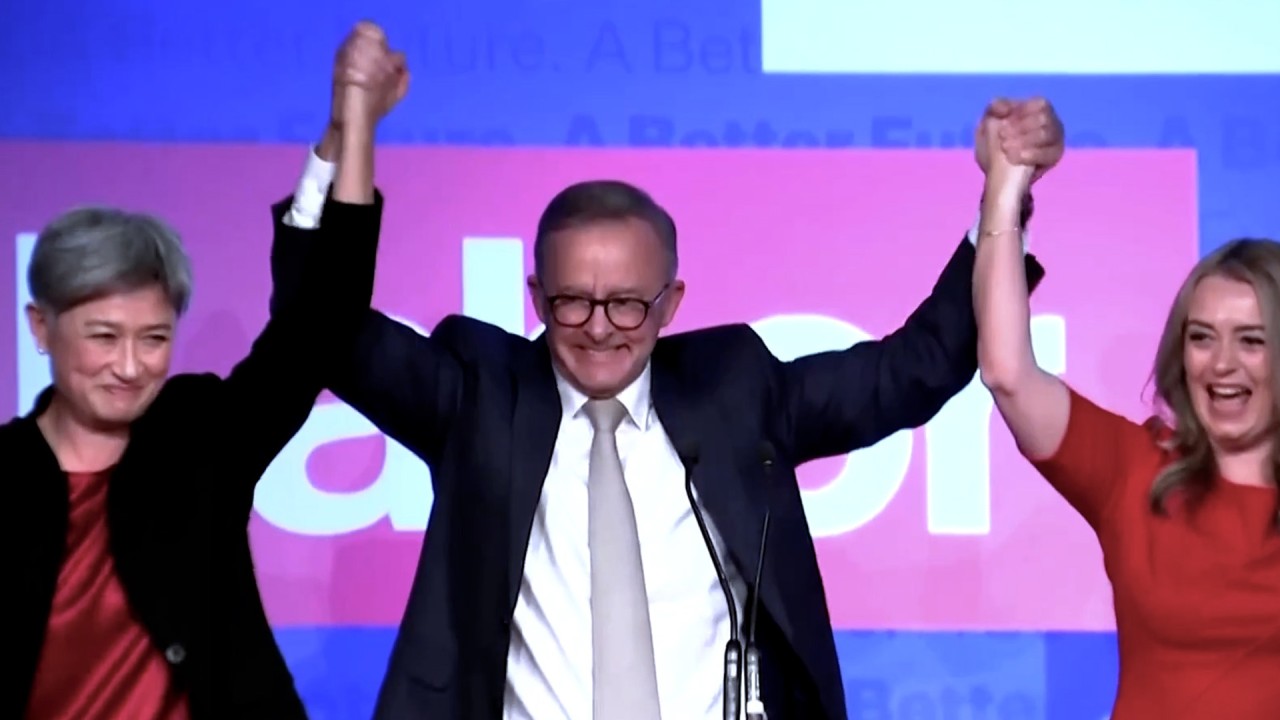
Beijing greeting offers hope on warming of ties with Canberra
- Congratulatory letter from Premier Li Keqiang to new PM Anthony Albanese provides an opportunity to safeguard a high-level channel of bilateral communication after years of frosty relations
China and Australia never brushed over their differences when they upgraded the bilateral relationship to a “comprehensive strategic partnership” eight years ago. They undertook to manage them.
You would not know it from a freeze on top-level contact between them that lasted more than two years, after a falling out over issues seen to damage Beijing’s interests.
A change of government after the recent Australian election has provided an opening for a circuit breaker to end the stalemate, even if the new one, when in opposition, ruled out a major change, which prevented it becoming a campaign issue.
China appears to have acknowledged this with a congratulatory letter from Premier Li Keqiang to newly elected Australian Prime Minister Anthony Albanese, in which he said it was in the interests of both countries to have “sound and stable relations”.
It is only one of many such messages from foreign governments, but the one that attracted most attention in Australia.
It recalled it was Albanese’s now ruling Labor Party that established diplomatic ties with Beijing in the 1970s. China has since become Australia’s biggest trading partner, but more recent events do not reflect the optimism of those days.
Beijing retaliated with trade tariffs and barriers after Australia passed laws against foreign interference openly targeted at China, shut Huawei Technologies Co. out of the 5G network and attacked alleged human rights abuses in Hong Kong and Xinjiang.
The dominant trade in Australian iron ore, which accounts for 60 per cent of China’s needs, was left untouched, but the annual cost of trade retaliation to Australia has been put at A$20 billion (HK$112.4 billion).
As state media has observed, recent unpleasantness is a reminder that management of the political side of the relationship has lagged pragmatic endeavours to exploit the economic potential.
Hardline conservative who is tough on China elected as Australia’s opposition leader
Some observers link the tone of the premier’s letter to Albanese with the diplomacy in recent months of China’s new ambassador to Australia, Xiao Qian. Canberra should not waste opportunities to respond in kind to safeguard a high-level channel of bilateral communication.
Without it, given current geopolitical and tensions, including suspicion of China’s move to expand economic and security cooperation in the Pacific, it is difficult to see a firm basis for a reset of political dialogue between the two nations.
Meanwhile, as one Australian commentator has pointed out, while the maintenance of trade sanctions may make a normal diplomatic relationship nearly impossible, there is room to explore ways to at least restore ministerial-level contact on matters of mutual concern. Any dialogue and diplomacy is better than none.


